Home>Furniture & Design>Living Room Furniture>Where To Place A Dining Table
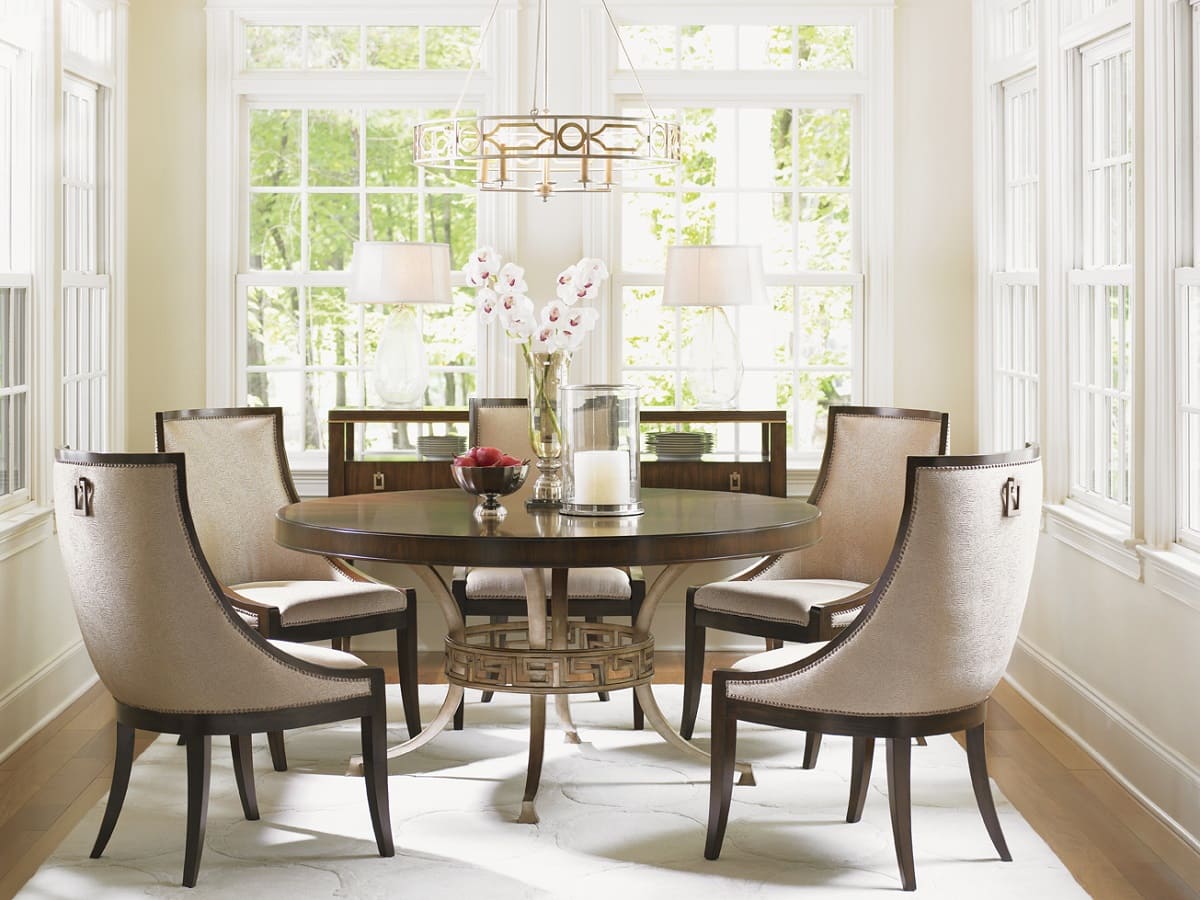

Living Room Furniture
Where To Place A Dining Table
Published: January 5, 2024
Discover the best placement for a dining table in your living room with our expert tips. Create a stylish and functional space with the right living room furniture and design.
(Many of the links in this article redirect to a specific reviewed product. Your purchase of these products through affiliate links helps to generate commission for Storables.com, at no extra cost. Learn more)
Introduction
Choosing the perfect placement for a dining table is a crucial decision that can significantly impact the overall ambiance and functionality of your dining area. Whether you are hosting a lively dinner party or enjoying a cozy family meal, the location of your dining table plays a pivotal role in shaping the dining experience. From optimizing natural light to ensuring seamless traffic flow, several factors come into play when determining the ideal placement for this essential piece of furniture.
In this comprehensive guide, we will explore the key considerations that can help you identify the optimal placement for your dining table. By carefully evaluating the room layout, natural light and views, traffic flow, proximity to the kitchen, focal points, and the size and shape of the table, you can make an informed decision that elevates both the aesthetic appeal and practical functionality of your dining space.
Join us as we embark on a journey to discover the art of placing a dining table in a manner that enhances the overall charm and functionality of your living space.
Key Takeaways:
- Choose a dining table placement that maximizes natural light and views, creating a refreshing and visually appealing dining space for enjoyable meals throughout the day.
- Prioritize efficient traffic flow and proximity to the kitchen when placing your dining table, fostering seamless movement and convenient access for mealtime activities.
Read more: Where To Place Dining Table In Living Room
Consider the Room Layout
When determining the optimal placement for a dining table, it is essential to carefully assess the room’s layout. Start by evaluating the dimensions and shape of the room. If you have a spacious dining area, consider positioning the table at the center to create a balanced and symmetrical look. This placement can also facilitate easy movement around the table, allowing guests to navigate the space comfortably during gatherings.
For smaller rooms, it may be beneficial to place the dining table against a wall or in a corner to maximize the available space. This arrangement not only optimizes the room’s layout but also creates a cozy and intimate dining setting. Additionally, consider the proximity of the dining area to other living spaces. Placing the table near the living room or kitchen can foster a seamless flow between different areas, promoting a sense of connectivity and openness within the home.
Furthermore, take into account the architectural features of the room, such as windows, doors, and architectural alcoves. These elements can influence the placement of the dining table, as they may impact natural light, views, and the overall visual balance of the space. By carefully considering the room’s layout, you can strategically position the dining table to harmonize with the existing architectural elements and enhance the overall appeal of the dining area.
Natural Light and Views
The interplay between natural light and the surrounding views can profoundly influence the placement of a dining table. When positioning the table, consider harnessing the benefits of natural light to create an inviting and uplifting dining environment. Placing the table near a window or in a space that receives ample natural light can infuse the dining area with a refreshing ambiance, making it an ideal setting for enjoying meals throughout the day.
Furthermore, breathtaking views can serve as a captivating backdrop for dining experiences. If your home boasts scenic vistas, such as a lush garden, a picturesque landscape, or a captivating city skyline, consider situating the dining table in a way that allows diners to savor these views while enjoying their meals. This strategic placement can elevate the dining experience, offering a feast for the eyes alongside culinary delights.
However, it is important to strike a balance between natural light and views while considering the placement of the dining table. Positioning the table to optimize both natural light and captivating views can create a harmonious and visually appealing dining space. By leveraging the inherent beauty of natural light and the surrounding scenery, you can transform the dining area into a captivating and rejuvenating retreat within your home.
Traffic Flow
Efficient traffic flow is a crucial consideration when determining the placement of a dining table. The arrangement should allow for seamless movement around the table, ensuring that diners can access their seats comfortably without disrupting the flow of the space. When positioning the table, take into account the pathways and thoroughfares within the dining area, as well as the overall layout of the room.
If the dining area is part of an open floor plan, consider how the placement of the table influences the circulation between different living spaces. Placing the table in a centralized location can facilitate smooth transitions between the dining area and adjacent spaces, promoting a sense of connectivity and fluidity within the home. Additionally, ensure that there is adequate clearance around the table to accommodate movement, especially when chairs are occupied.
For larger dining areas, creating designated pathways around the table can enhance the flow of movement and prevent congestion during gatherings. This can be achieved by strategically positioning the table in a way that allows for clear access points from various entryways and adjacent rooms. Moreover, consider the placement of other furniture or decor elements in the dining area to ensure that they do not obstruct the traffic flow around the table.
By prioritizing efficient traffic flow, you can create a dining space that not only exudes functionality but also fosters a sense of ease and accessibility for both everyday use and entertaining occasions. Thoughtful consideration of traffic flow can contribute to a dining area that seamlessly integrates with the overall flow of your home, enhancing the comfort and convenience of the space for all occupants.
When placing a dining table, make sure there is at least 36 inches of space around all sides for people to comfortably sit and move around. This will ensure a comfortable dining experience for everyone.
Proximity to the Kitchen
The proximity of the dining table to the kitchen is a pivotal factor that can influence the practicality and convenience of mealtime activities. When considering the placement of the table, assess its proximity to the kitchen and evaluate how this positioning can optimize the dining experience.
Placing the dining table in close proximity to the kitchen can streamline meal preparation and serving processes, facilitating efficient access to culinary essentials and dishes. This arrangement can be particularly advantageous when hosting gatherings or dinner parties, as it minimizes the distance traveled when transporting freshly prepared dishes from the kitchen to the dining area.
Furthermore, the proximity to the kitchen can foster a sense of connectivity between the dining and culinary spaces, creating a cohesive and functional layout within the home. This can be especially beneficial for households where cooking and dining are intertwined activities, as it promotes seamless interaction between these areas.
Additionally, consider the practical aspects of proximity, such as the ease of setting the table, clearing dishes, and accessing kitchen amenities. A well-placed dining table can facilitate these tasks, contributing to a smooth and efficient dining routine. Moreover, the proximity to the kitchen can enhance the social dynamics during mealtime, allowing hosts to engage in conversations with guests while attending to culinary activities.
By strategically considering the proximity to the kitchen when placing the dining table, you can create a dining area that harmonizes with the culinary space, optimizing functionality and fostering a seamless dining experience for both daily meals and special occasions.
Focal Point
Choosing the focal point for your dining area is a key aspect of determining the placement of the dining table. The focal point serves as the visual centerpiece of the space, drawing attention and anchoring the overall aesthetic. When positioning the dining table, consider how it aligns with the focal point to create a captivating and harmonious ambiance.
If your dining area features a striking architectural element, such as a fireplace, a feature wall, or a captivating piece of artwork, consider situating the dining table in a way that accentuates and complements this focal point. This placement can create a visually engaging dining setting, allowing diners to appreciate the focal point while enjoying their meals.
Alternatively, if your dining area offers picturesque views or abundant natural light, the placement of the dining table can be oriented to capitalize on these elements, effectively making them the focal point of the space. By strategically positioning the table to frame and showcase these captivating features, you can create a dining area that celebrates the inherent beauty of its surroundings.
Moreover, the placement of lighting fixtures, such as chandeliers or pendant lights, can also influence the focal point of the dining area. Positioning the dining table beneath a striking lighting fixture can establish it as the focal point, adding a touch of elegance and sophistication to the space.
By carefully considering the focal point when placing the dining table, you can create a visually captivating and cohesive dining area that exudes charm and character. Whether highlighting architectural elements, embracing natural vistas, or integrating stunning lighting fixtures, the strategic placement of the dining table can harmonize with the focal point to elevate the overall aesthetic appeal of the dining space.
Size and Shape of the Table
When determining the placement of a dining table, the size and shape of the table play a pivotal role in shaping the overall layout and functionality of the dining area. Whether you opt for a round, rectangular, square, or oval table, carefully considering its dimensions and form can inform the most suitable placement within the space.
If you have a spacious dining area, a larger table can serve as a central focal point, anchoring the room and accommodating a generous number of diners. Placing a substantial table at the heart of the dining area can create a sense of grandeur and sophistication, especially when complemented by ample surrounding space to accommodate chairs and movement.
For smaller dining areas, a compact or extendable table may be more practical, and its placement should prioritize efficient use of space. Positioning a smaller table against a wall or in a corner can optimize the available area, creating a cozy and intimate dining setting while maximizing the room’s functionality.
Additionally, consider the shape of the table and how it aligns with the overall flow and aesthetics of the dining area. A round or oval table can soften the visual dynamics of the space, promoting inclusivity and encouraging seamless conversation among diners. Placing a round table at the center of the dining area can create a welcoming and communal atmosphere, ideal for fostering engaging interactions during meals.
Conversely, a rectangular or square table can lend a sense of structure and formality to the dining space. Positioning a linear table can create clean lines and a sense of symmetry, contributing to a more formal and organized aesthetic within the room.
By carefully evaluating the size and shape of the dining table, you can make informed decisions regarding its placement, ensuring that it harmonizes with the available space and complements the overall design and functionality of the dining area.
Conclusion
Choosing the optimal placement for a dining table is a multifaceted endeavor that involves a thoughtful evaluation of various factors, each contributing to the overall functionality and aesthetic appeal of the dining area. By considering the room layout, harnessing natural light and views, prioritizing efficient traffic flow, assessing proximity to the kitchen, aligning with a focal point, and accounting for the size and shape of the table, you can strategically position this essential piece of furniture to enhance the dining experience within your home.
From creating a harmonious flow within the space to capitalizing on captivating views and architectural features, the placement of the dining table can significantly influence the ambiance and practicality of the dining area. Whether you envision a cozy and intimate setting or a spacious and grand dining space, the careful consideration of these factors can guide you toward an arrangement that optimizes both form and function.
Furthermore, the placement of the dining table can serve as a catalyst for fostering connectivity and interaction within your home. By creating a seamless flow between the dining area and adjacent living spaces, you can cultivate an environment that encourages social engagement and shared experiences, enriching the overall dynamics of your living space.
Ultimately, the art of placing a dining table transcends mere functionality, offering an opportunity to curate a space that reflects your personal style, facilitates meaningful gatherings, and elevates the dining experience for both everyday meals and special occasions. By embracing the considerations outlined in this guide, you can embark on a journey to transform your dining area into a captivating and inviting sanctuary within your home.
Frequently Asked Questions about Where To Place A Dining Table
Was this page helpful?
At Storables.com, we guarantee accurate and reliable information. Our content, validated by Expert Board Contributors, is crafted following stringent Editorial Policies. We're committed to providing you with well-researched, expert-backed insights for all your informational needs.
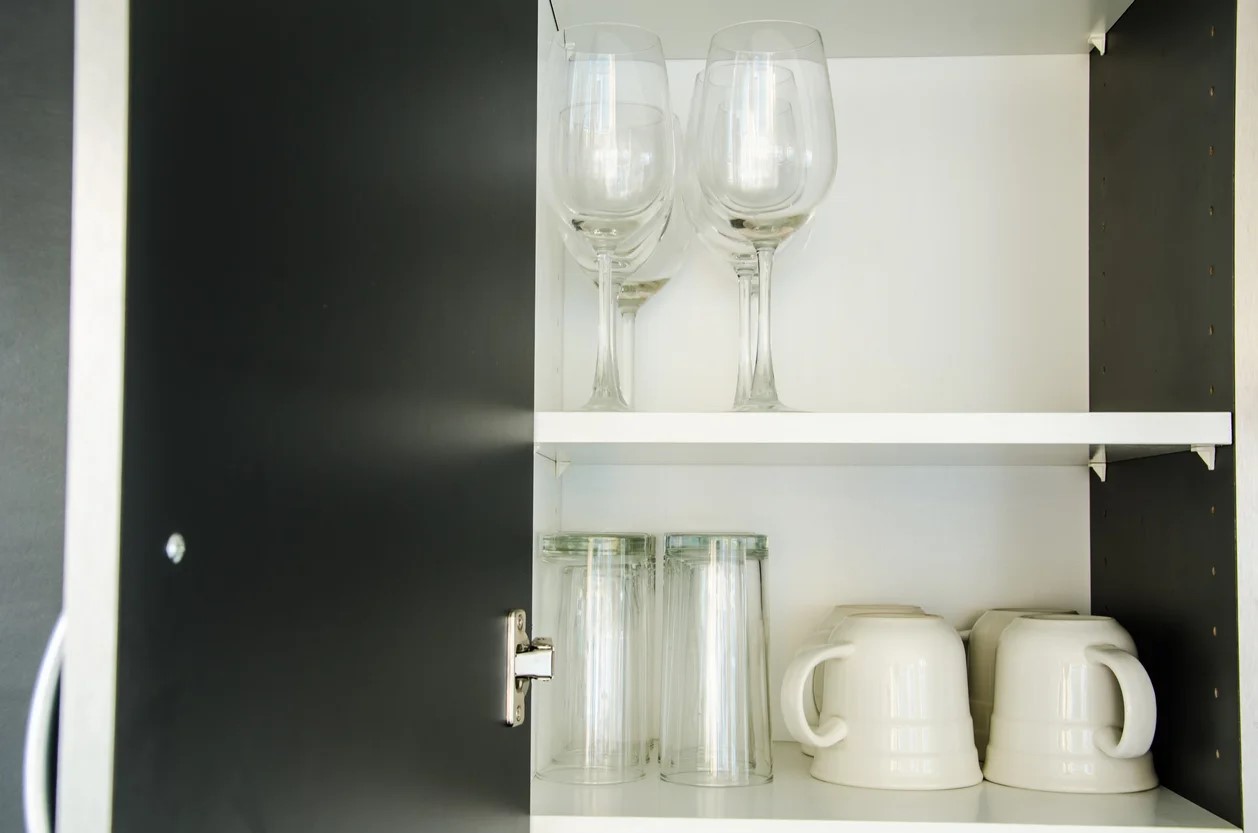


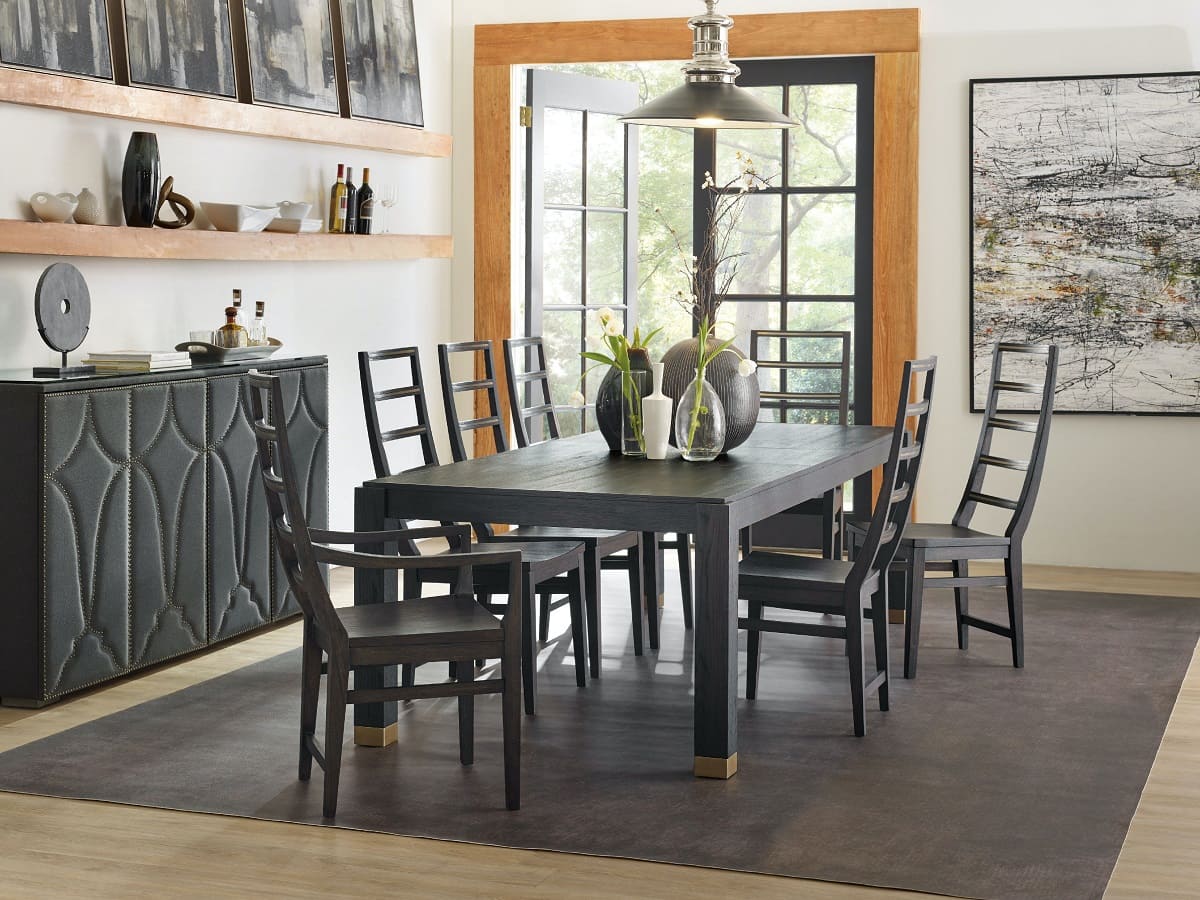



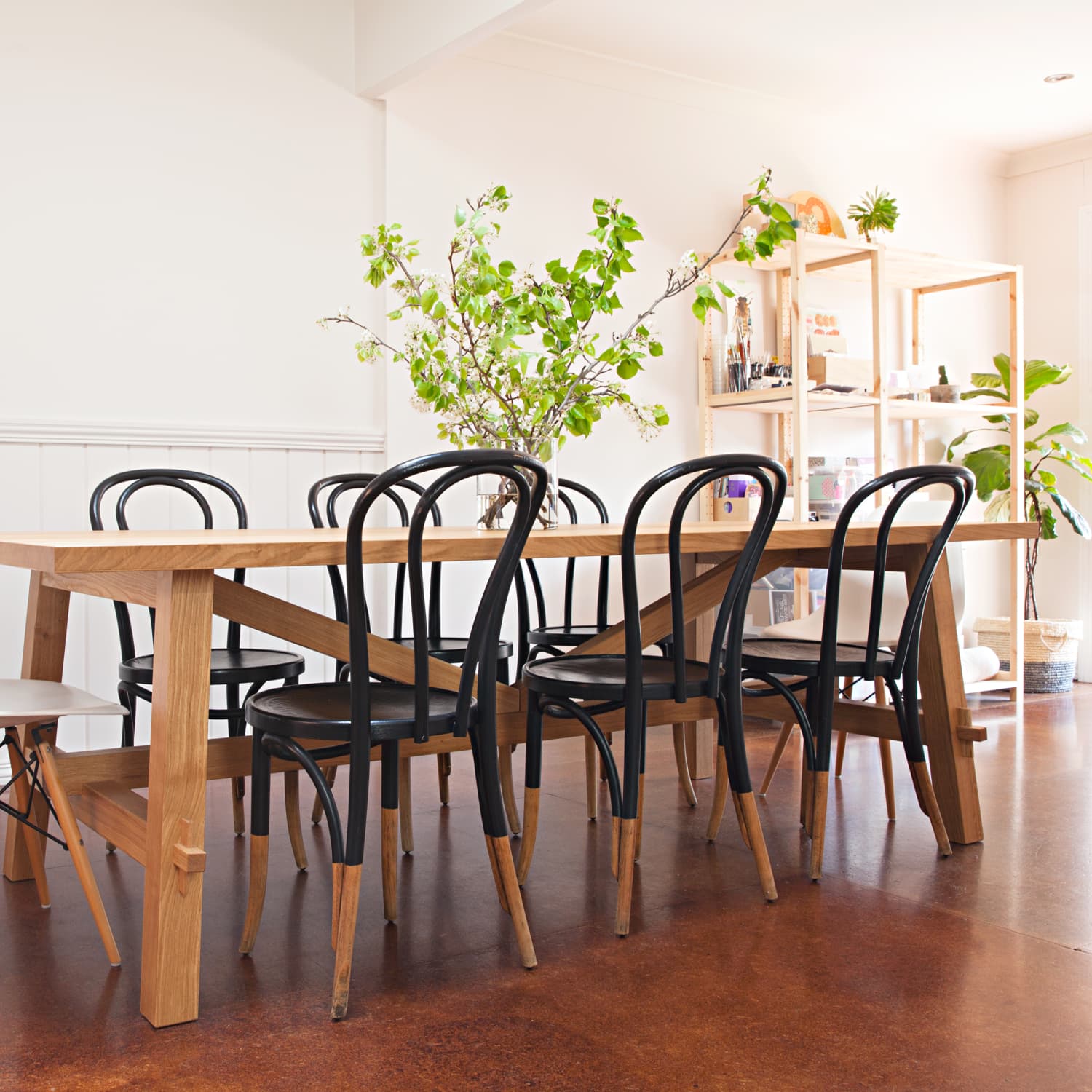
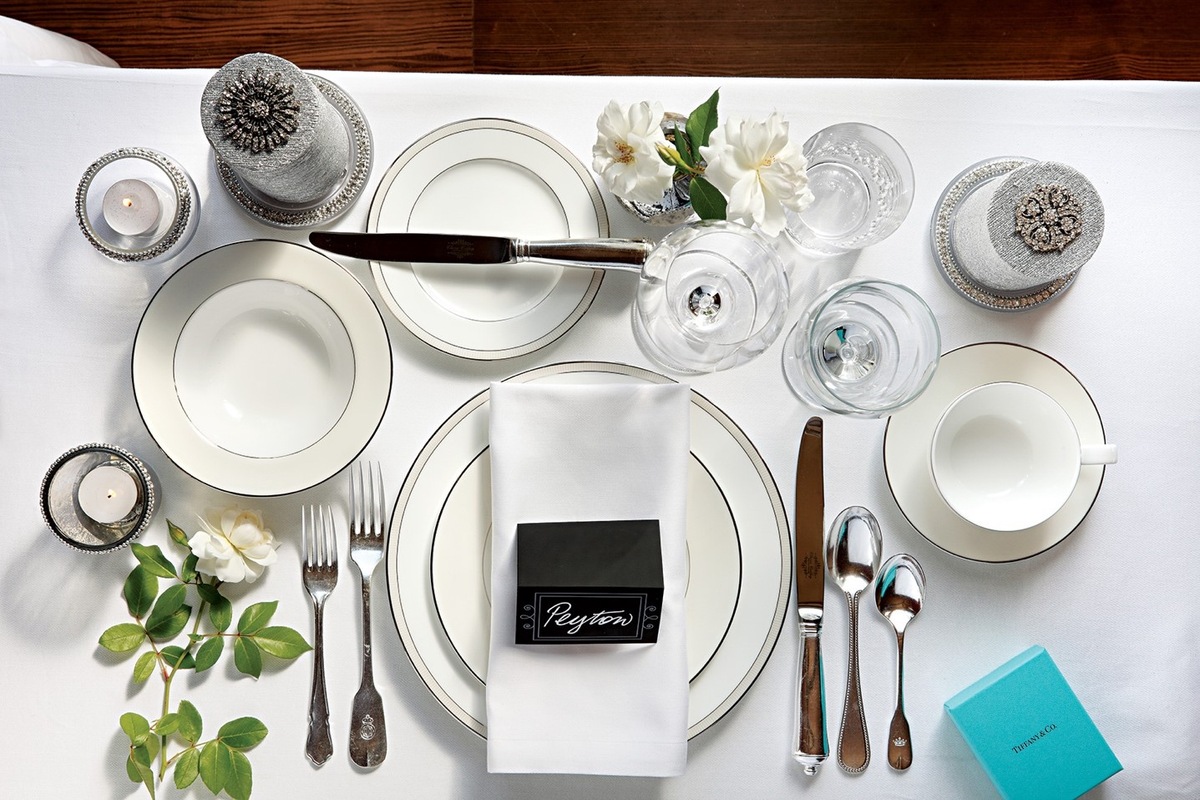


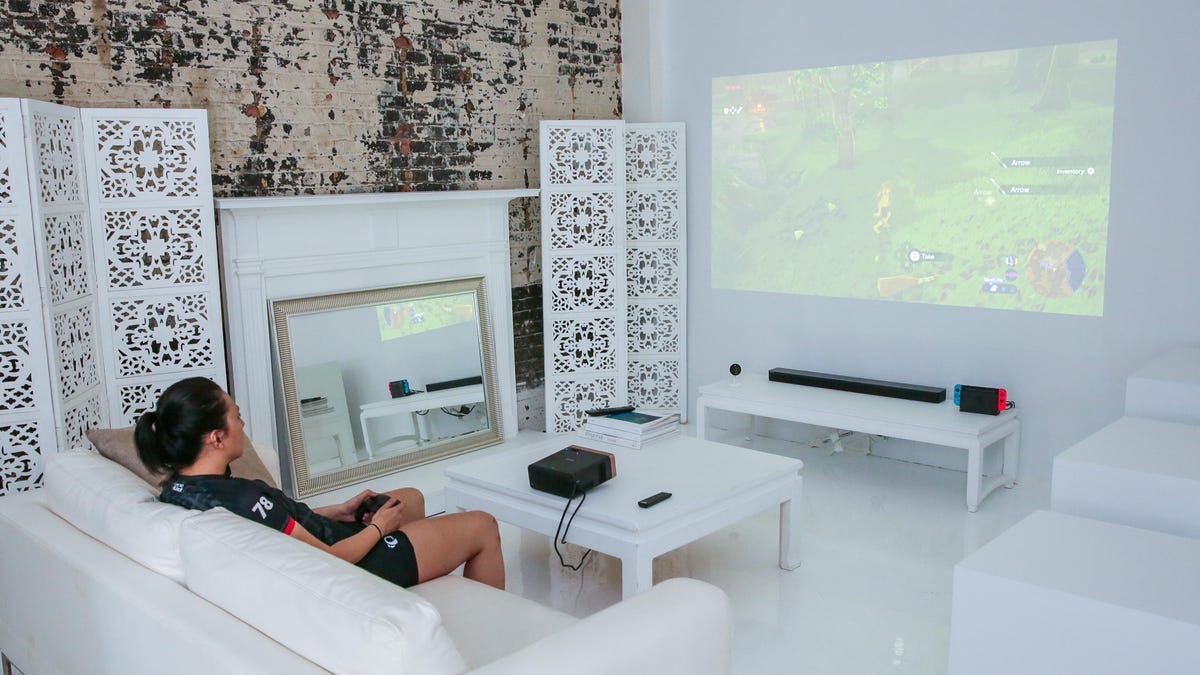



0 thoughts on “Where To Place A Dining Table”